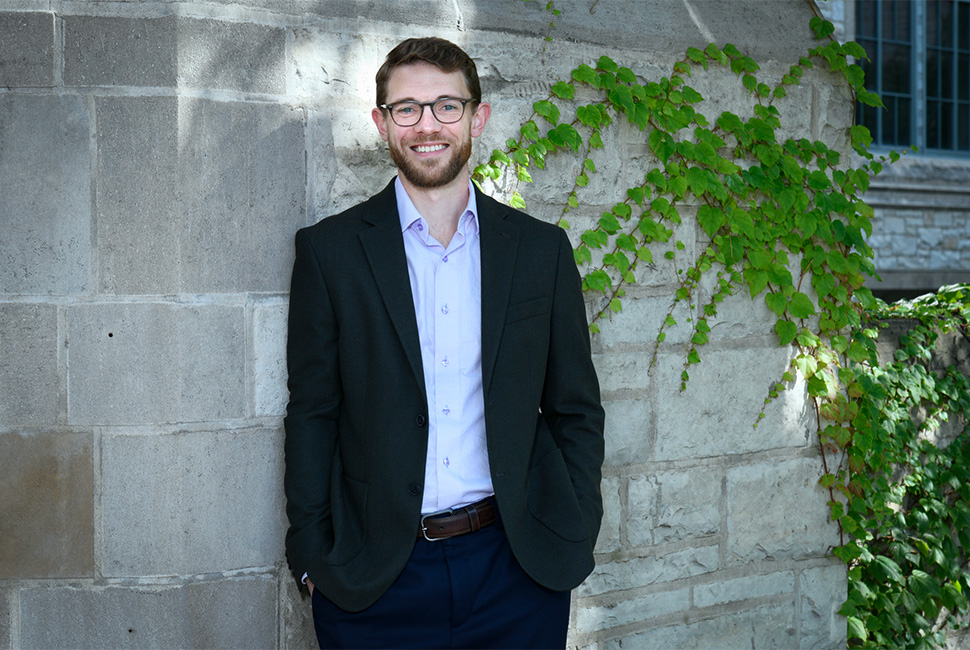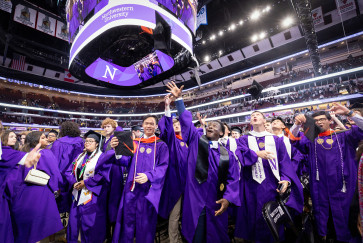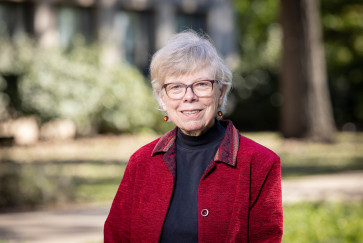Northwestern University chemist James Gaynor has received a 2025 Packard Fellowship in Science and Engineering from the David and Lucile Packard Foundation. The prestigious fellowship includes an unrestricted grant of $875,000 over five years to pursue innovative and experimental research.
The foundation named Gaynor and 19 other junior faculty members as the nation’s most innovative early-career scientists and engineers.
“The Packard Fellowship will transform our ability to pursue high-risk, high-reward projects and to pivot, as needed, to maximize the impact of our research,” Gaynor said. “This fellowship provides my group and me with the flexibility and freedom to really go after paradigm-shifting knowledge for the field of photochemistry.”
Gaynor is an assistant professor of chemistry at Northwestern’s Weinberg College of Arts and Sciences and member of the International Institute of Nanotechnology and the Paula M. Trienens Institute for Energy and Sustainability.
“This extraordinary class of Fellows joins a community whose discoveries are shaping the world today and whose ideas will fuel the breakthroughs of tomorrow,” said Richard Alley, chair of the Packard Fellowships for Science and Engineering Advisory Panel and 1991 Packard Fellow. “We’re excited to welcome them to the Fellowship, connect them across fields and give them the freedom to ask audacious questions to build the future together.”
As a Packard Fellow, Gaynor will work at the frontier of where physics meets chemistry to develop new state-of-the-art, ultrafast experiments that track how energy moves within molecules at the atomic level. His group will focus on the very first moment after the onset of a chemical reaction, capturing how electrons and vibrations move and influence one another in real time.
This science, called attochemistry, can tell researchers how chemistry truly begins. By studying chemistry at the level of electrons and on the timescales that electrons move, scientists can learn how electrons move during reactions, how chemical bonds form and break, how energy flows through molecules and how to control chemical reactions.
“One of the grand challenges of modern physical chemistry is to understand how energy moves at the level of electrons in molecules and materials,” Gaynor said. “Achieving this requires us to measure electronic dynamics on their natural timescales in complex, condensed phase systems. This includes before, during and after the motion of atomic nuclei influence the electrons’ motion. In some ways, this is the most fundamental view of how chemistry occurs — on the timescale that electrons make and break chemical bonds.”


